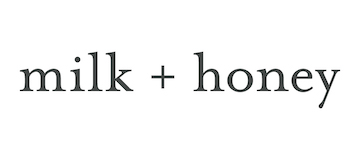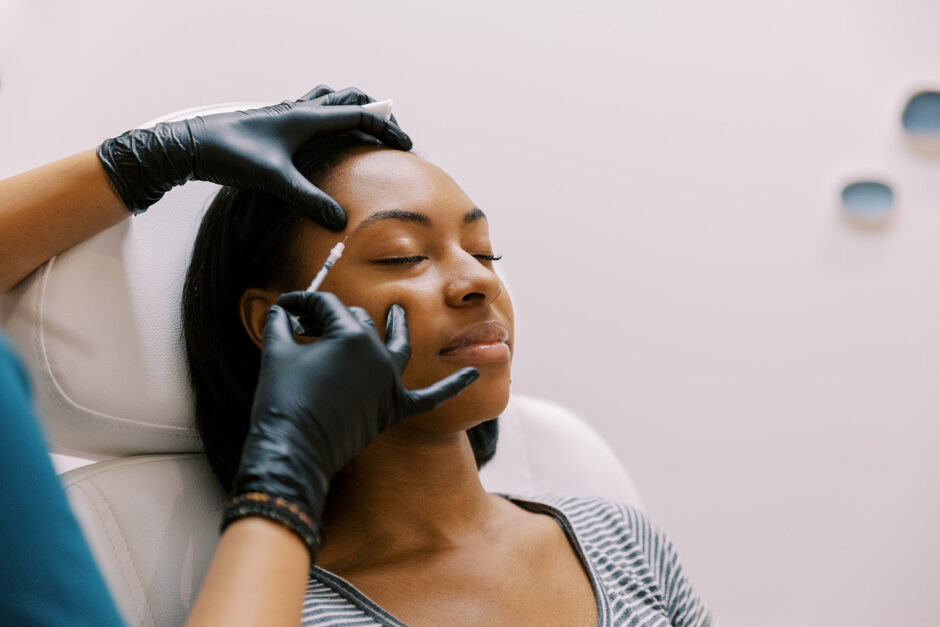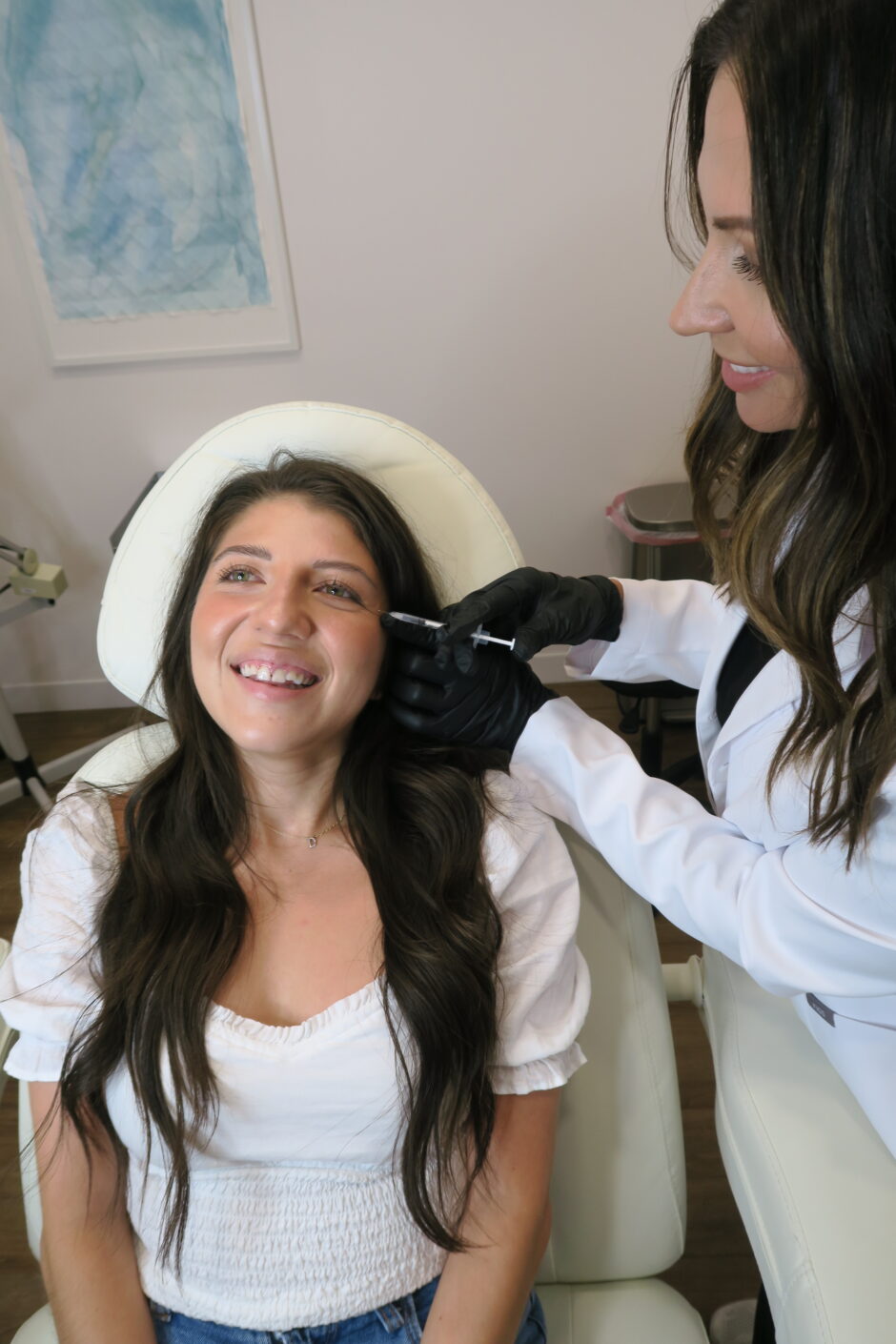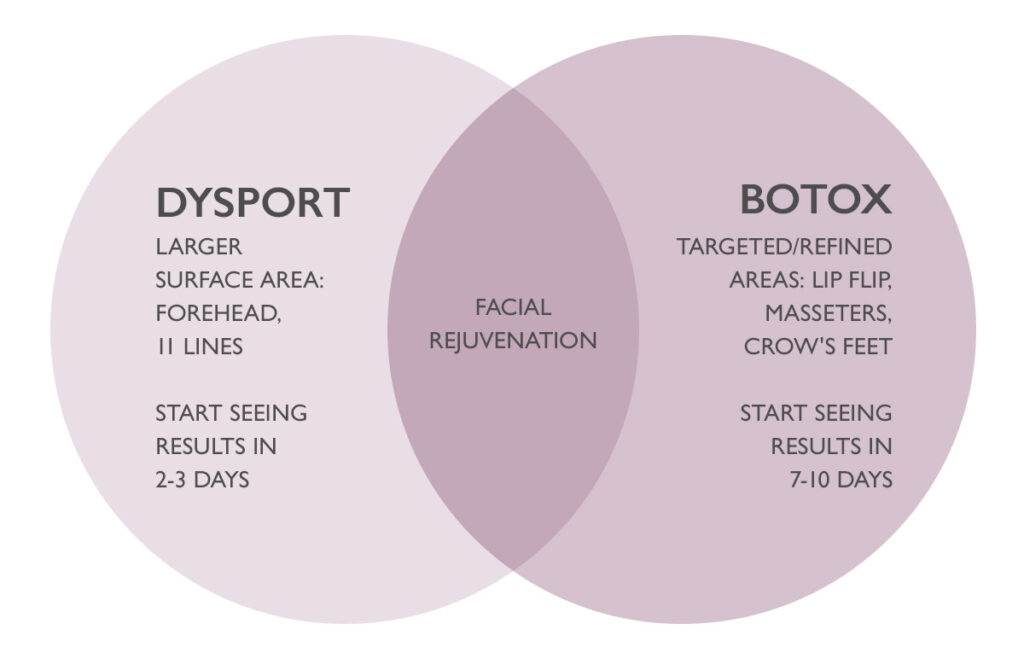Hint, hint – it’s not just for your Forehead!
Neurotoxins like Botox, Dysport, and Xeomin go beyond simply softening fine lines and wrinkles. In addition to the ‘traditional’ areas like the Top 3 (Glabella, Crow’s Feet, and Forehead), these treatments offer numerous possibilities for addressing both cosmetic and non-cosmetic concerns. It’s important to note that injecting in these areas is considered ‘off-label’ use however when administered by a skilled medical provider, it is entirely safe.
‘Traptox’
You may have heard of this by now as it is the newest aesthetic trend seen all over TikTok! Let’s delve into why this trend is gaining so much popularity. To begin, we must first understand the trapezius muscle and its important role within our bodies. This muscle spans the back of the head to just above the lower back and extends out towards the shoulders. The trapezius muscle helps with posture and is involved in various movements like bending sideways, turning the head, lifting and lowering the shoulders, and rotating the arm inward.
But why are so many people opting to get injected in this area? Medical Providers highlight two major benefits! Firstly, overworked trapezius muscles can become tight and stiff when holding tension in the neck and shoulders that ultimately can lead to discomfort, pain, and even headaches. By injecting neurotoxins and blocking the signals to the nerves, the muscle becomes relaxed and any pain, discomfort or soreness is alleviated.
Secondly, for aesthetic purposes. Cosmetically, this treatment is known to slim the appearance of your shoulders and create the illusion of an elongated neck. When you try to flex the trapezius muscle, the signal is ultimately blocked by the neurotoxins, and as a result, the muscle atrophies over time, resulting in a reduction in size and a slimmer appearance.
Masseter Botox also known as ‘Jaw Botox’:
While this technique has gained popularity in recent years, it has been a secret weapon for patients wanting to relieve TMJ disorder symptoms or ‘reshape’ the appearance of their lower face.
The masseter facial muscle is powerful as it connects your lower jaw to your cheek and plays a crucial role in the chewing process. This muscle can easily become enlarged among patients who regularly grind or clench their teeth due to stress or TMJ. Over time, as this muscle becomes overworked, the jawline can ultimately shift and get wider.
By injecting Botox into this area, it essentially stops the muscles from contracting, offering relief from tension and gradually reducing the size of the muscle over time. Because Botox doesn’t completely paralyze the jaw muscles and is only targeting the specific masseter muscle, chewing and overall functionality is not compromised or affected.
Patients may experience some soreness and tenderness for a few days following their treatment, with the full effects typically being seen at the 2-4 week mark. It’s important to note for patients that are solely seeking facial slimming, that multiple sessions will be required to achieve optimal results.
Hyperhidrosis
Hyperhidrosis is a medical condition characterized by excessive sweating caused by overactive sweat glands most commonly seen in the underarms, palms, or feet. Many people suffer from excessive sweating regardless of their body temperature which can be embarrassing and interfere with daily activities. In some cases, topical antiperspirants are not enough and patients may need to explore alternative options. Here’s how Neurotoxins can help!
Botox is injected into the treatment area where it blocks the nerve signals responsible for overactive sweating, preventing the sweat glands from producing too much sweat. A common misconception is that injecting Botox will ultimately lead to compensatory sweating in other areas of the body. Rest assured, this is extremely rare and botox only targets sweating in the specific area where it’s injected.
Depending on the treatment area – the number of units needed varies however some patients may require 100 or more units to achieve results. Like any non-surgical treatment, results are not permanent but can last around 4-6 months.
Our medical providers will assess and determine if these ‘off-label’ uses are appropriate for their patients during a personalized consultation. Book a complimentary consultation here.




